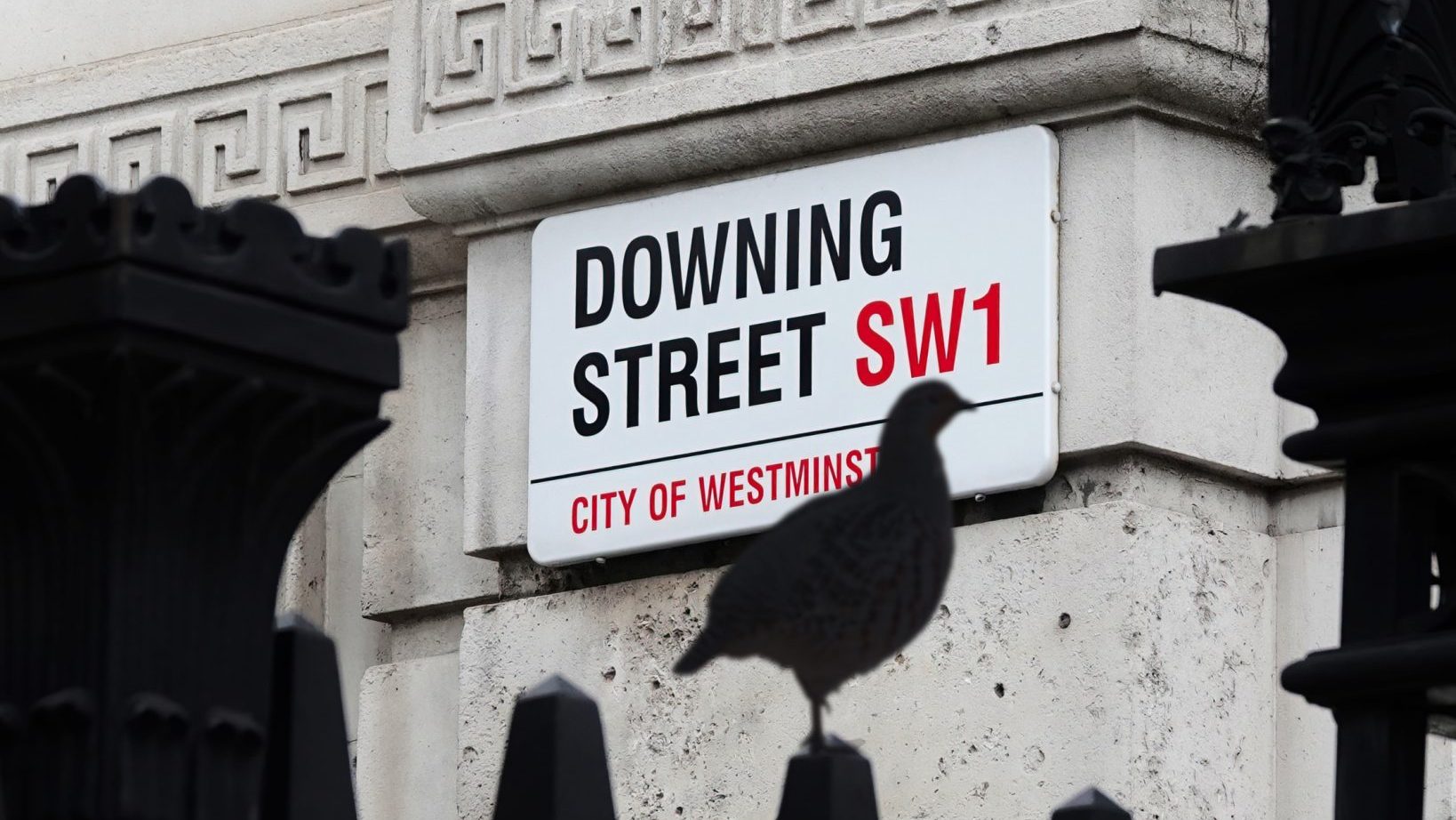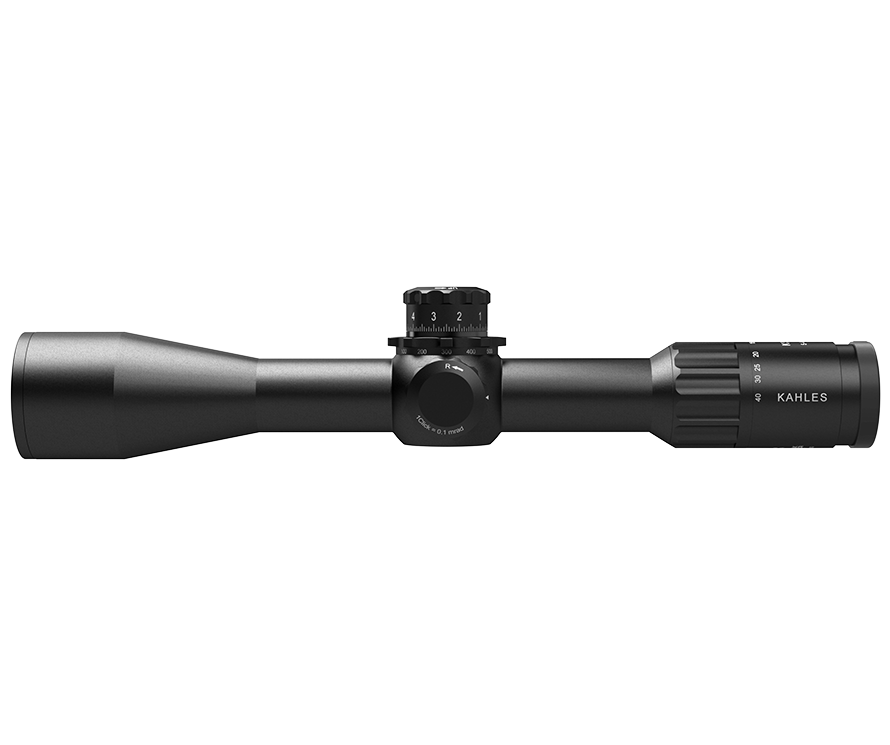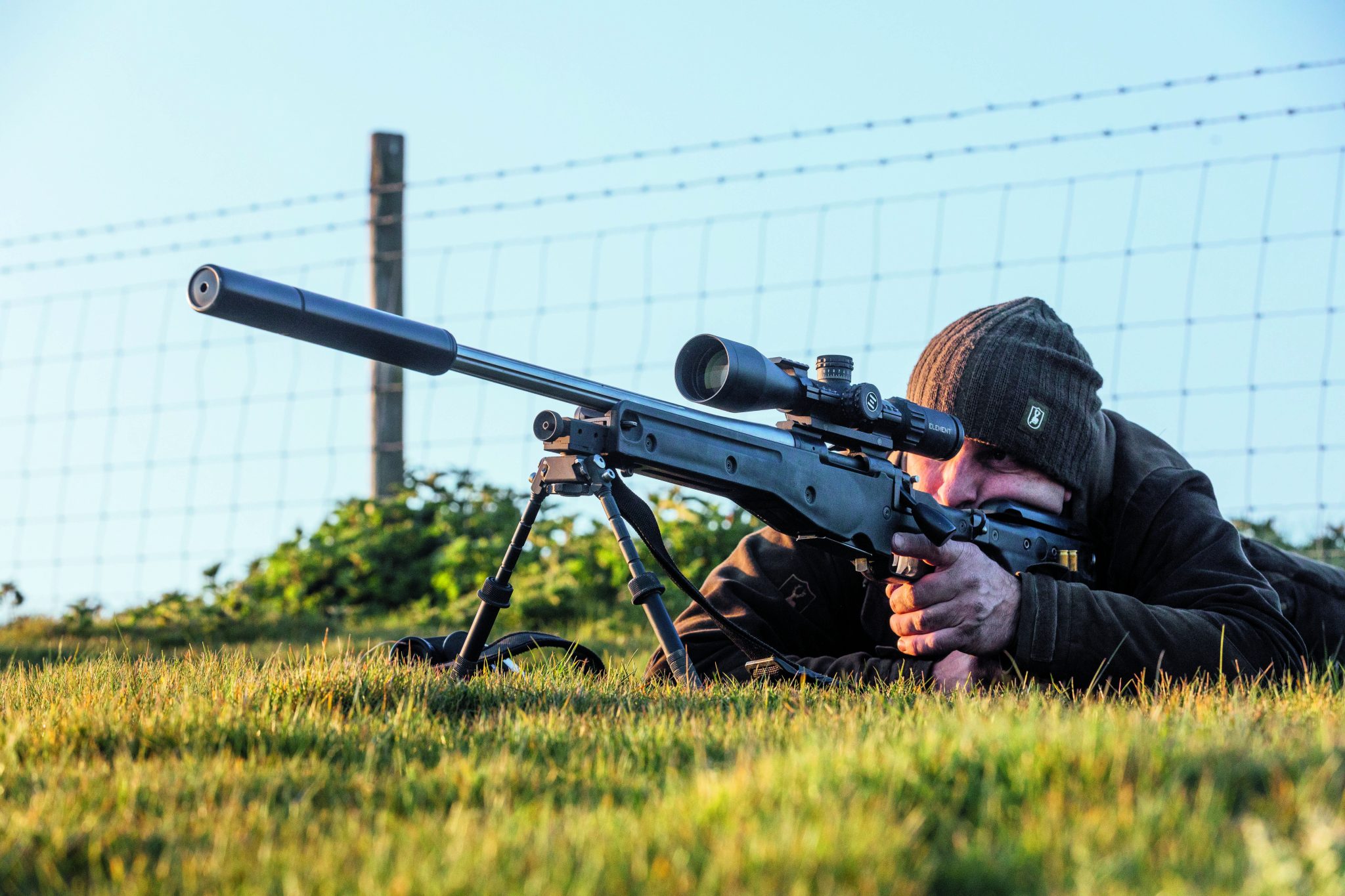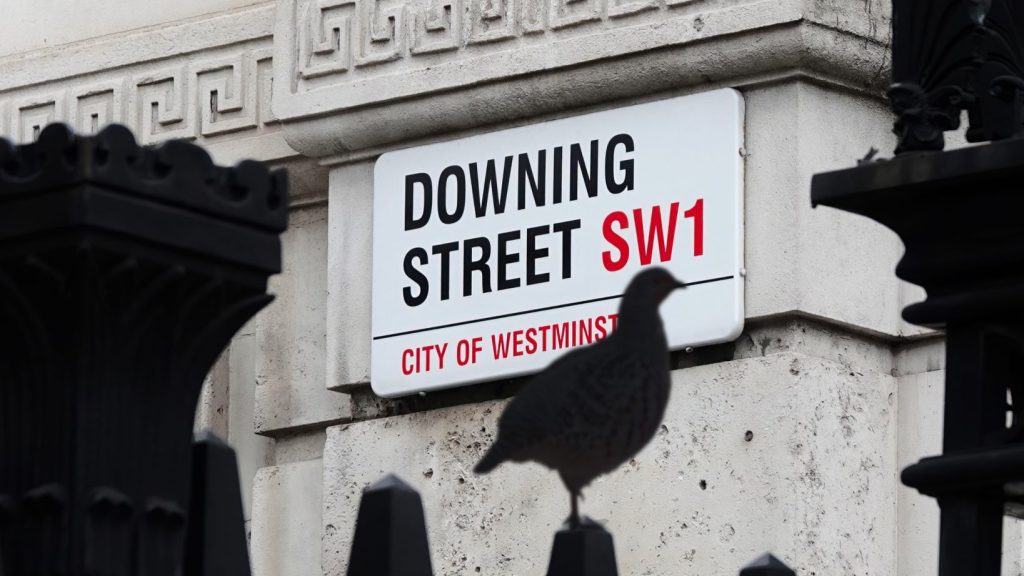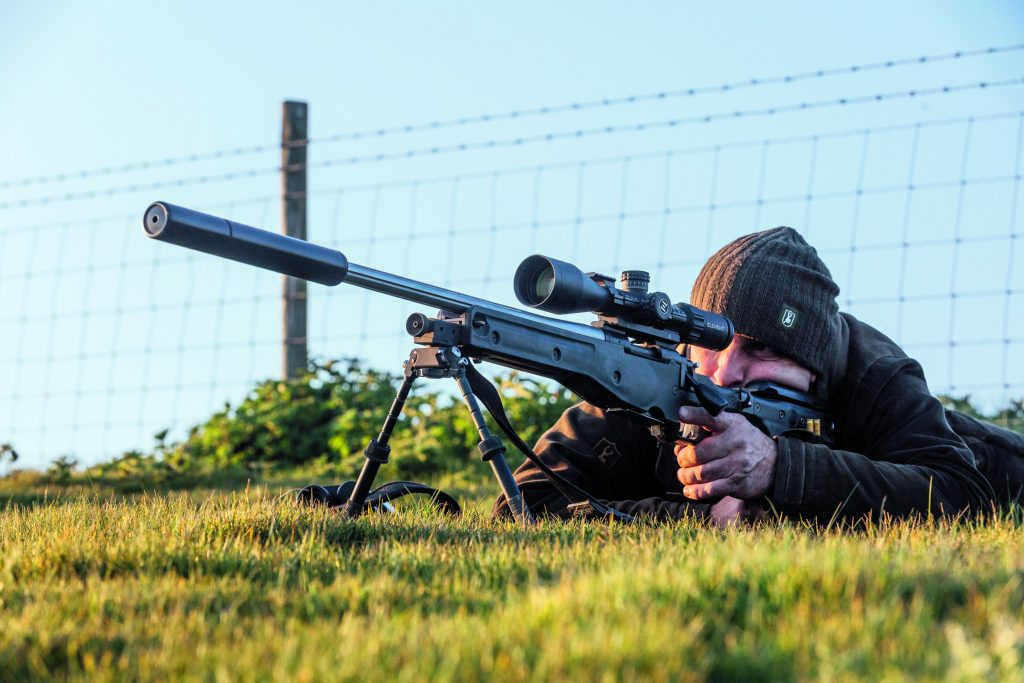News
What can be done to help curlew?
Would you like to speak to our readers? We offer sponsored articles and advertising to put you in front of our audience. Find out more.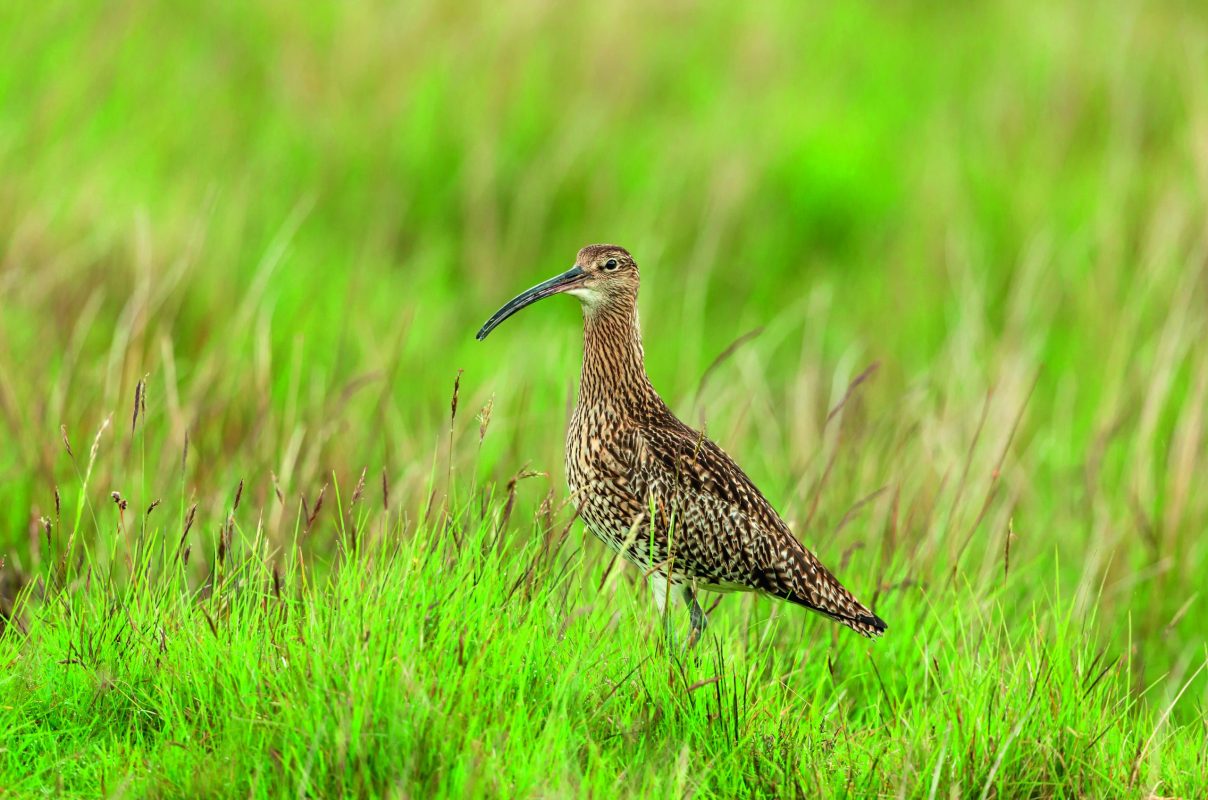
Curlew have returned to their breeding grounds for the spring, but each year there are fewer on the fields below my house. It’s widely understood that curlew are dying out because they’re not able to produce enough young birds to replace those lost through natural mortality each year, and productivity is the driver of their decline across the UK. The curlew on my farm do badly, and there are a number of reasons why they’ve been failing over the past two decades. There has been an expansion of forestry on neighbouring land and the birds also have to contend with a never-ending rise in badger numbers.
Predation is a key cause of decline, but habitat is an often-overlooked part of the story. Throughout the course of my 40 years, nothing much has changed for the birds down on the meadows and in the wide hay fields. The place looks just as it did in the 1990s when curlew bred more successfully, so it’s tempting to imagine that the only problems are new.
There’s nothing I can do about badgers under the current legislation. They’re a real problem, and while it’s possible to build a case for change in the future, the reality is that curlew need solutions today. Some farmers and gamekeepers would argue that if we cannot address the problems posed by species like badgers and buzzards, we might as well give up. I take a different line; we cannot address those problems right now, but what else can we do in the short term? If badgers are an issue, is there a way to improve habitats and make curlew populations more viable? After all, if we get too hung up on things we cannot change, we just go round and round in circles, beating our heads off brick walls.
The memories I have of curlew breeding successfully in the fields below my house leads me to believe that habitat itself remains good. But it’s much harder for me to quantify that and be certain that I have the ingredients for success. Besides, if those fields were good in the days before badgers arrived, it makes sense that I should aspire to make them better now that the odds are stacked against the birds.
Travelling around the UK in recent months, I’m aware that many shoots and conservation projects have invested in making ‘wader scrapes’ — shallow pools of muddy water that are designed to improve foraging habitats for young lapwing and curlew chicks. It’s not hard to make a wader scrape, and I had a go at making one myself in the early days of March. It took about an hour, but I’m not very good at working a digger and my execution was pretty messy. Wader scrapes are supposed to have soft edges with shallow gradients, so once I was finished, I dumped some hay bales on the new pool and encouraged my cows to trample around it. That did the trick, and within 24 hours it was full of water.
Territories
A week or two later, I set a trail camera at the wader scrape and found it was being used daily by two pairs of curlew. They jabbed around the edges and frequently bathed in it. Looking at the landscape around me, I realised that there are almost no other ponds or pools like this for some distance. The birds clearly wanted this kind of boggy hole, and I suppose they were just travelling elsewhere to find it.
Recalling lessons learned during my grouse-keepering days, I remembered how important it is to create territories, and to give birds everything they need within easy reach. Travelling for resources like grit and fresh water is dangerous and inefficient — by giving these curlew more of what they want within short walking distance, I think I’ve improved this habitat enormously.
This work doesn’t address bigger issues of predation or badger numbers, but it does offset some of that damage and it has taught me to look again at habitat in relation to conservation. There’s always more we can do.
Related articles
News
Anti-grouse shooting petition crushed by MPs who don't even shoot
Wild Justice's petition to ban driven grouse shooting was quashed in Westminster Hall yesterday, with all but one MP opposing the ban
By Time Well Spent
News
A sound decision as moderators to be taken off licences
The Government has finally confirmed what the shooting community has long argued – that sound moderators should be removed from firearms licensing controls
By Time Well Spent
Manage Consent
To provide the best experiences, we use technologies like cookies to store and/or access device information. Consenting to these technologies will allow us to process data such as browsing behavior or unique IDs on this site. Not consenting or withdrawing consent, may adversely affect certain features and functions.
Functional Always active
The technical storage or access is strictly necessary for the legitimate purpose of enabling the use of a specific service explicitly requested by the subscriber or user, or for the sole purpose of carrying out the transmission of a communication over an electronic communications network.
Preferences
The technical storage or access is necessary for the legitimate purpose of storing preferences that are not requested by the subscriber or user.
Statistics
The technical storage or access that is used exclusively for statistical purposes.
The technical storage or access that is used exclusively for anonymous statistical purposes. Without a subpoena, voluntary compliance on the part of your Internet Service Provider, or additional records from a third party, information stored or retrieved for this purpose alone cannot usually be used to identify you.
Marketing
The technical storage or access is required to create user profiles to send advertising, or to track the user on a website or across several websites for similar marketing purposes.

